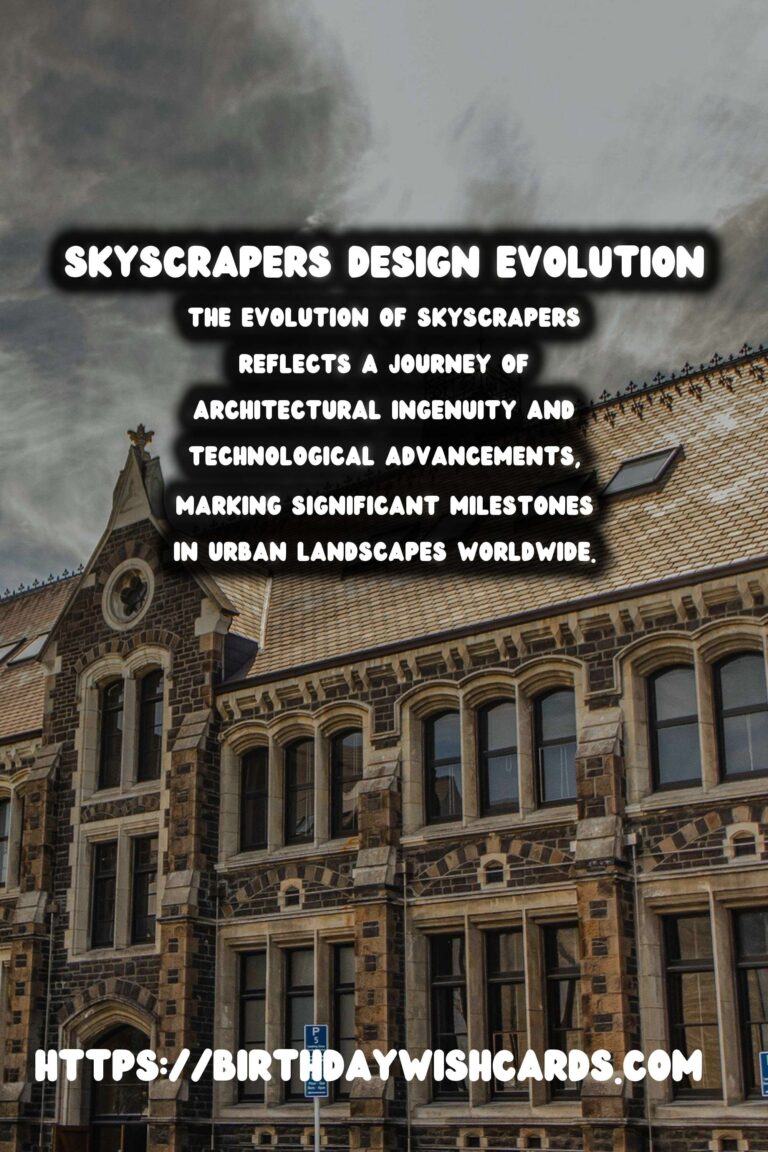
The evolution of skyscrapers reflects a journey of architectural ingenuity and technological advancements, marking significant milestones in urban landscapes worldwide.
Early Beginnings
The journey of skyscrapers began in the late 19th century, primarily driven by the rapid urbanization and the need for economic utilization of urban spaces. The Home Insurance Building in Chicago, completed in 1885, is often considered the world’s first skyscraper, standing at 10 stories.
Steel-frame construction and the advent of elevators were pivotal in allowing buildings to reach unprecedented heights. The employment of steel frames allowed for greater structural integrity, while elevators made the upper floors of skyscrapers easily accessible.
The 20th Century: A Period of Rapid Growth
As we moved into the 20th century, the architecture of skyscrapers evolved dramatically. The Art Deco style was predominant in the 1920s and 1930s, leading to iconic edifices such as the Empire State Building and the Chrysler Building in New York City. These landmarks weren’t just tall; they embodied the opulence and elegance of their era.
The era post-World War II saw a shift towards International Style architecture, characterized by minimalist designs and extensive use of glass. This transition reflected the modernist ethos, emphasizing functionality and simplicity.
Technological Innovations and Modern Designs
With the latter half of the 20th century, skyscrapers began embracing technological advancements. The Willis Tower (formerly Sears Tower) in Chicago and the World Trade Center in New York City became symbols of human ambition and technological prowess.
The advancement of computational design tools in the late 20th century enabled architects to experiment with more daring forms and complex structures. Buildings like the Burj Khalifa in Dubai epitomize these advancements, breaking records and pushing the boundaries of what is possible.
Sustainable Skyscrapers
As environmental concerns take center stage, the focus has shifted towards sustainable skyscrapers. Modern designs incorporate green building technologies, aiming for energy efficiency and minimal environmental impact. Innovations include the use of sun protection systems, renewable energy sources, and intelligent building management systems.
The Future of Skyscrapers
Looking ahead, the future of skyscrapers is promising and filled with potential. The integration of smart technologies anticipates a new era where buildings boast enhanced connectivity, adaptability, and interactivity.
Furthermore, the trend of vertical urbanism portrays skyscrapers as ecosystems rather than mere structures, fostering communities within vertical spaces designed for living, working, and recreation.
In conclusion, the architectural history of skyscrapers is a testament to human imagination and technological dynamism. As we continue to redefine what is possible, skyscrapers will undoubtedly retain their status as cornerstones of architectural evolution and urban development.
The evolution of skyscrapers reflects a journey of architectural ingenuity and technological advancements, marking significant milestones in urban landscapes worldwide. The advancement of computational design tools in the late 20th century enabled architects to experiment with more daring forms and complex structures. 

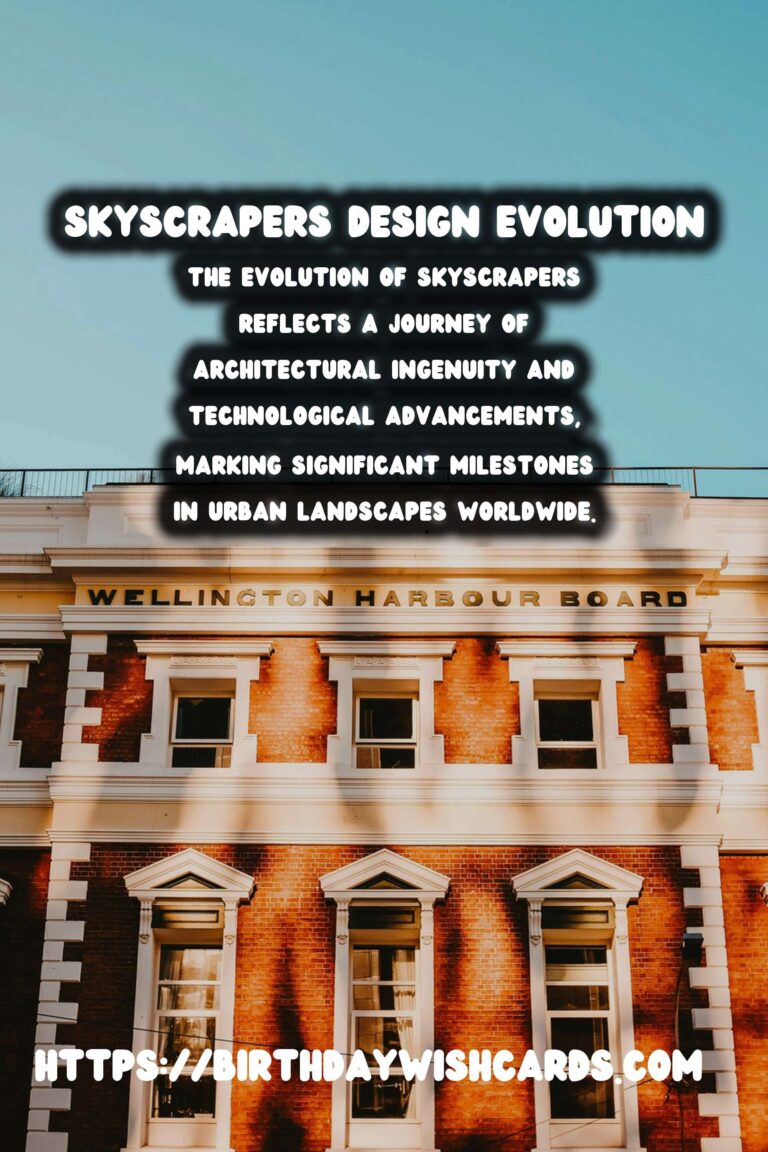
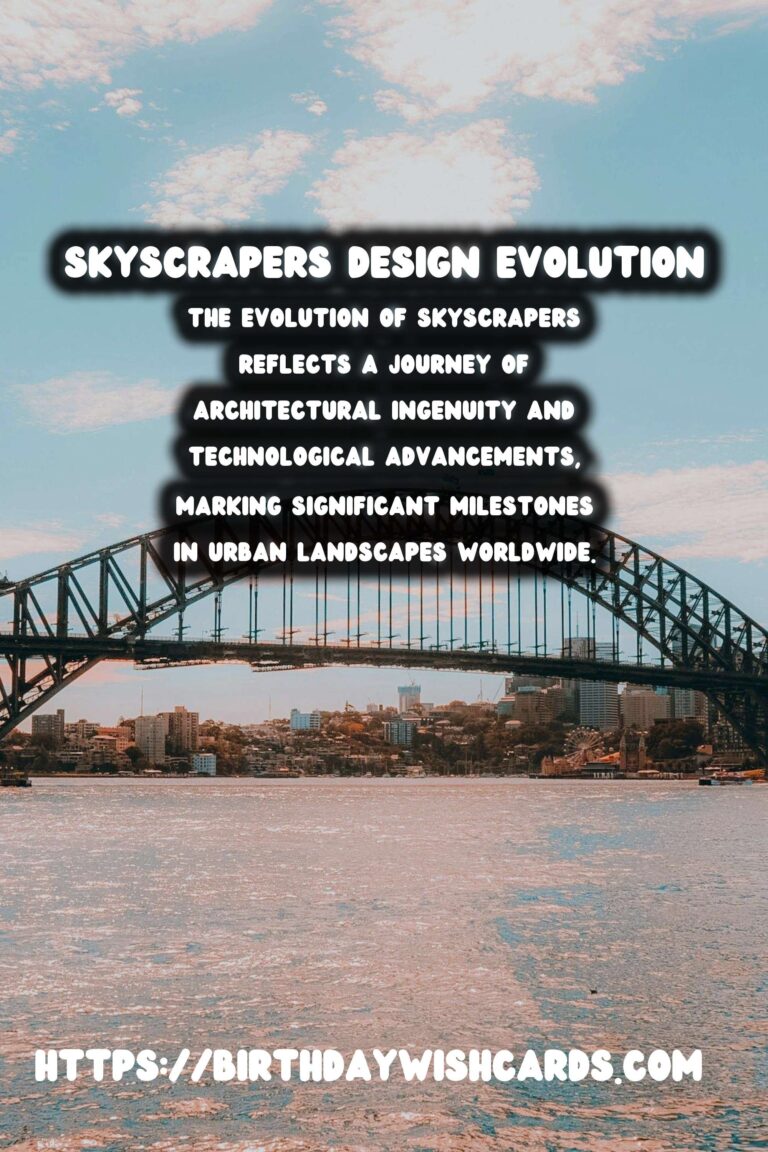

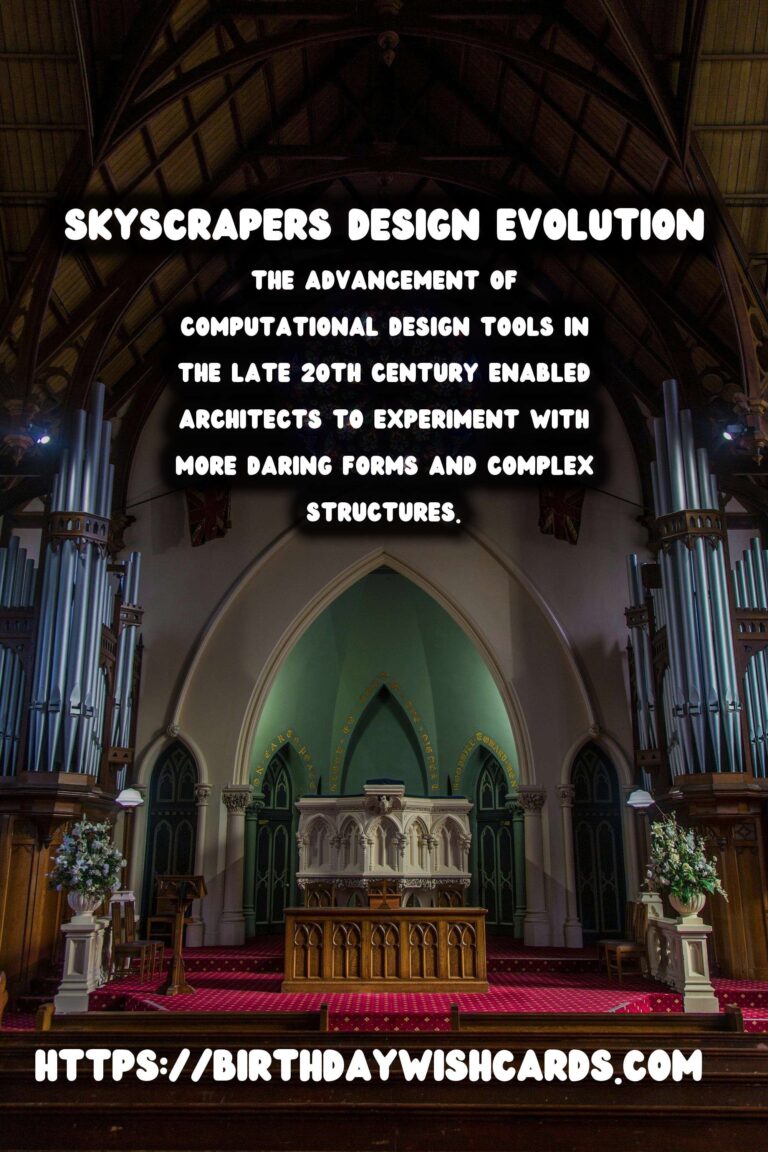
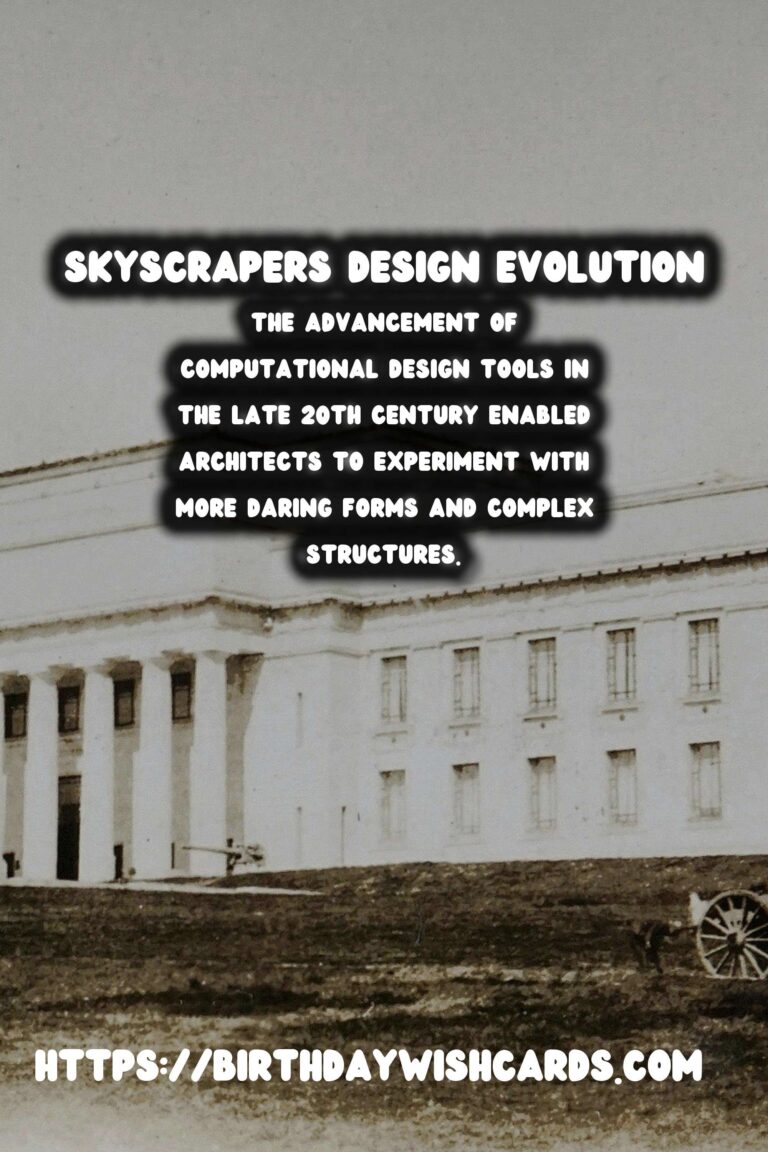
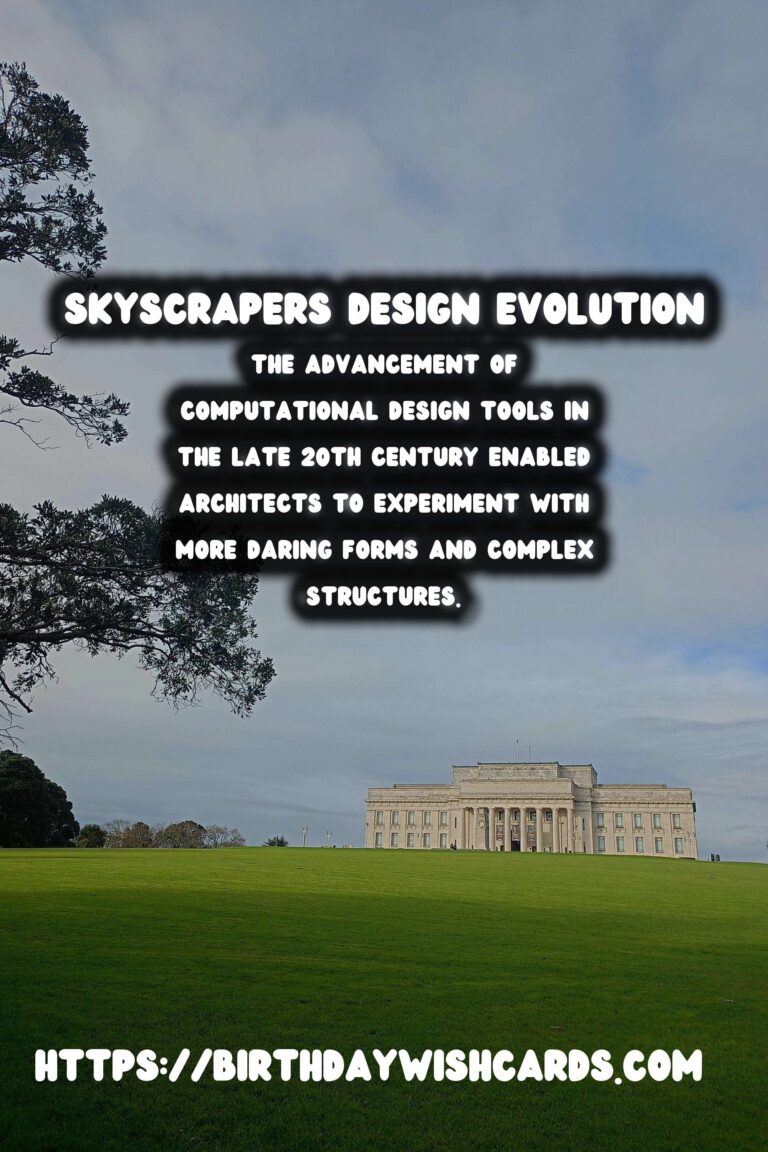
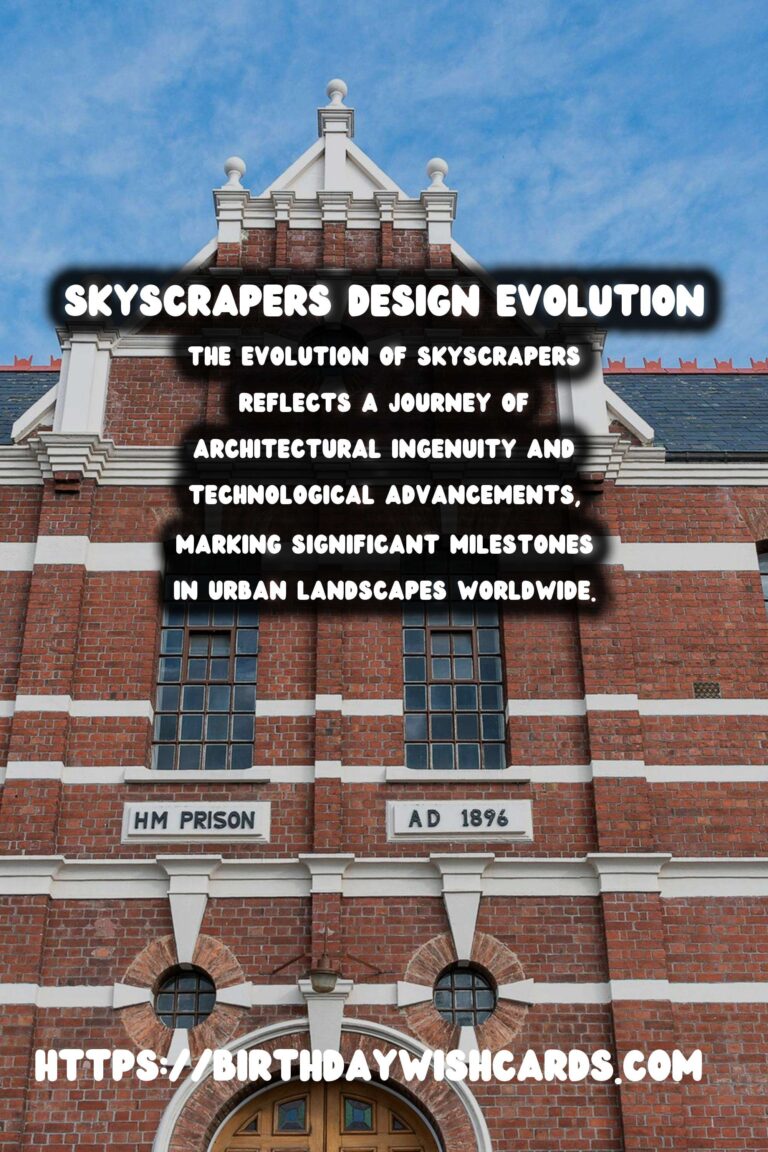
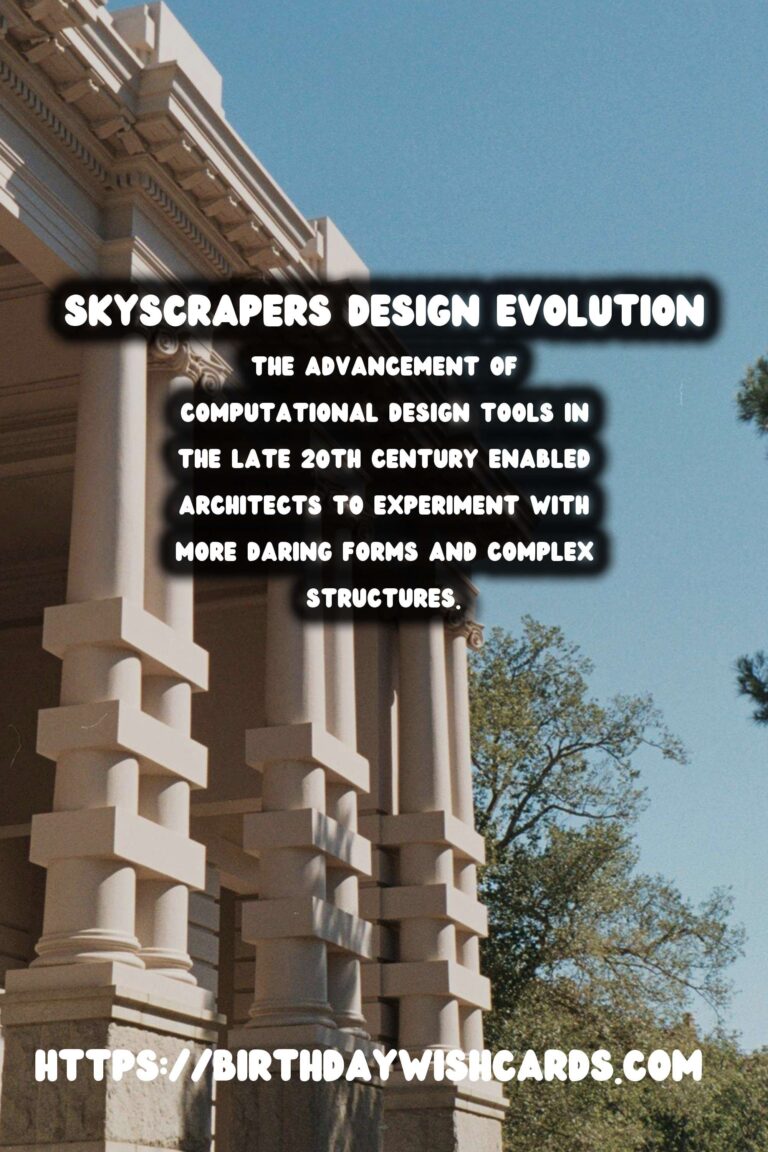
#architecture #skyscrapers



